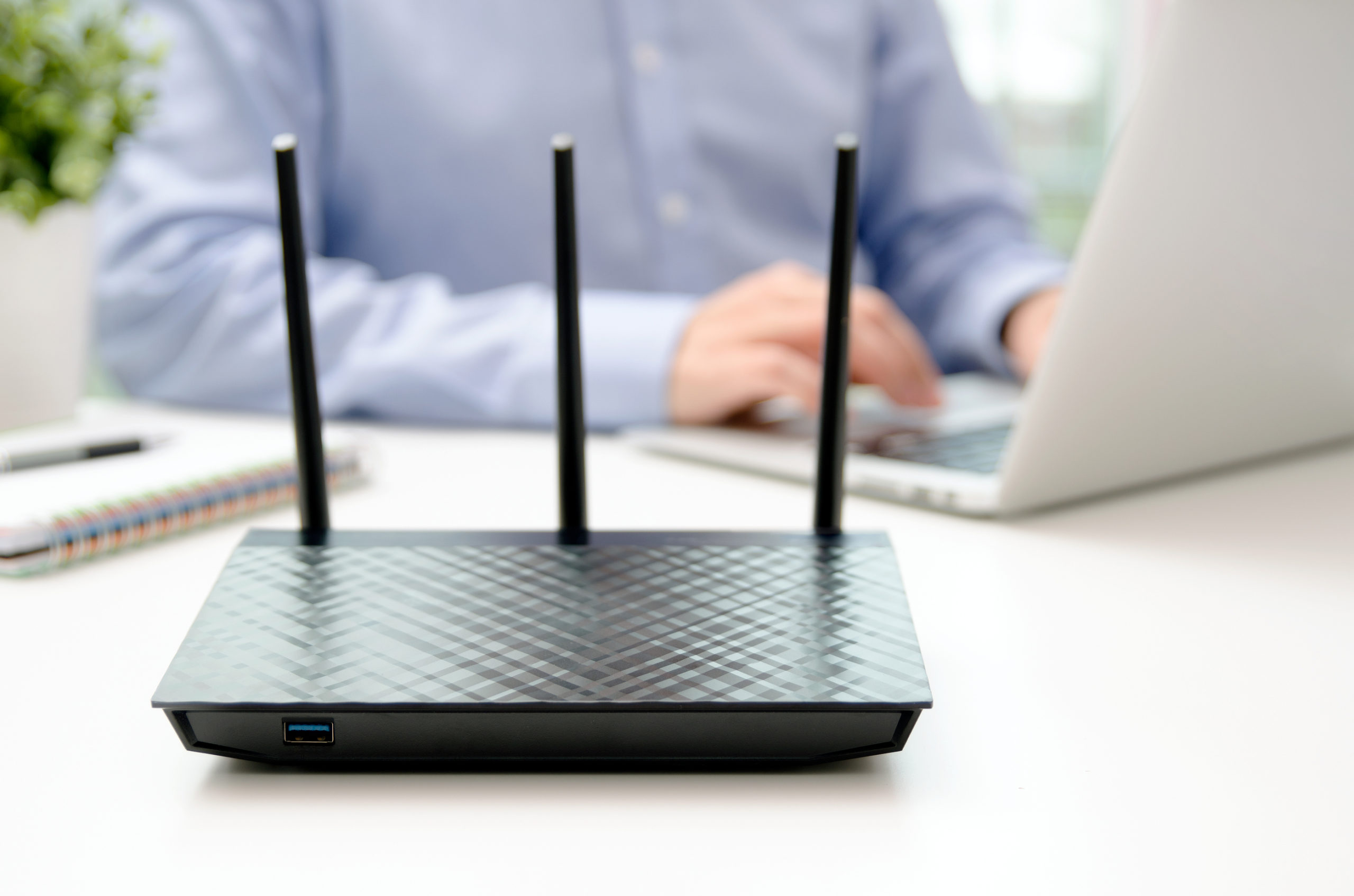
Few things are more frustrating in a digital world than having trouble with your Wi-Fi performance.
At home, that can mean frustrating buffering when you’re waiting on the Netflix home screen to load. At work, that can mean video conferences that continually freeze up due to lack of bandwidth or trouble connecting to cloud services.
When your network connection is slow, it can ruin your entire day and cost your business money in productivity costs.
Are you still relying on a single router to serve internet to your entire office or home? If so, it could be time to consider an upgrade to a mesh network.
One of the biggest factors causing routers to get overwhelmed, is that we have many more devices vying for that internet stream. The growth of smart gadgets, aka IoT devices, have exploded over the last several years.
Many people have added things to their wireless connection like:
- Voice speakers
- Wearables (Fitbit, etc.)
- Smart doorbell or security cameras
- Smart thermostats
- Internet enabled sensors
The number of IoT devices globally is expected to nearly double between 2018 (11.2 billion) and 2020 (20 billion).
Mesh wireless networks were a technology designed to keep up with increased demand and offer multiple performance advantages.
What are the Benefits of a Mesh Wi-Fi Network?
Imagine that you’re standing in line to get into the county fair with a lot of other people. You’re all try to get in at the same time, but there is only one entry point, which is causing major congestion.
Soon, they open up four more entry points in other areas, suddenly the congestion dissipates, and everyone can go in and have a great time.
This is similar to how mesh networks help alleviate Wi-Fi congestion when multiple devices are trying to connect to the same router. With a mesh network, instead of having a single router, you have several units (also known as nodes) that each provide a strong wireless connection to your ISP modem.
The reason it’s called a “mesh” network is because the units are spread throughout your home or office and they connect to each other as well as back to the main unit connected to the modem. This creates a web, or mesh, of signals that blanket the area.
Here are the ways a mesh network can improve your wireless network experience.
Eliminate Weak & Dead Zones
If you’re using a single router, then usually the areas farthest from it will have a weaker signal. There can also be “dead zones” in areas of buildings where solid walls get in the way of the single wireless stream.
When you set up a mesh network, the signal can be extended as far as you like, and the web of units can easily navigate around solid objects that tend to block wireless connections.
Can Handle Multiple Devices
Instead of all your devices trying to connect to one router, a mesh network means you have multiple units (or “mini-routers”) to use. So, your devices can simply connect to the one that’s closest to them, or to one that’s not overloaded with other device needs.
Uses Dynamic Traffic Routing for Efficiency
If one user is downloading a large file, Wi-Fi traffic is automatically routed to another unit that has a strong signal and not as much demand.
This helps to avoid annoying buffering or frozen video conferences due to other device activity on your network.
Easily Expand Range
Mesh networks are designed to be easily extendable, all you have to do is add another unit. Depending upon the model, each unit can cover an average of 1,200 to 1,600 S.F.
You can easily expand range to a new office addition or your garage. By using outdoor models, you can also feed Wi-Fi to a patio or backyard without having to purchase another internet plan.
Easy to Manage
Mesh networks are designed to be easily managed through an app. The system is automated, making setup and configuration simple.
Using an app, you can view speeds, grant or revoke Wi-Fi access, create a guest network, and keep an eye on the performance of each separate unit. Most single routers usually require a local ethernet connection to access settings, which is less convenient.
Reduces Outages
When you’re relying on a single wireless router for your Wi-Fi, if that router goes down, you’re disconnected until the issue is fixed.
With a mesh network, you aren’t relying on a single unit for your connection, which reduces the risk of an outage. If one of the mesh units goes down, traffic is simply rerouted to the other units, so you still have an internet connection while addressing the issue.
Learn More About Upgrading to a Mesh Network Today!
Looking for a better Wi-Fi solution? Connect2Geek can help your Nampa area business or home get the reliable wireless network you deserve.
Schedule a free wireless network consultation today! Call 208-468-4323 or reach out online.
